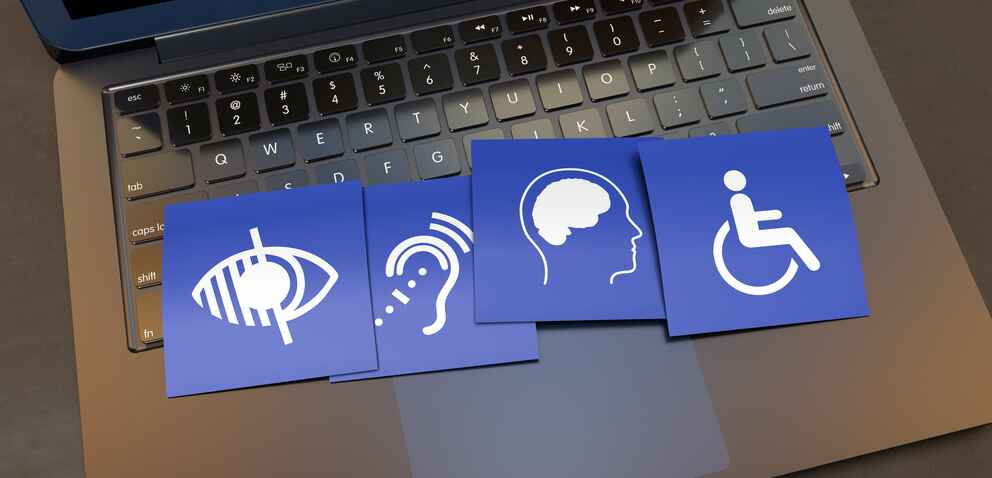You are likely used to thinking about accessibility as it relates to physical spaces, such as wheelchair ramps, curb cuts in sidewalks and Braille lettering on signs. You might not be aware that accessibility barriers can also occur in digital spaces.
“Digital accessibility” is the practice of designing and developing electronic materials that are usable to everyone, including those with disabilities. Within the University of Missouri System, these electronic materials include digital course content (such as Canvas, tools used within Canvas and files uploaded to Canvas), websites, mobile applications, vended applications (i.e., anything purchased or acquired from a third party) and other electronic documents.
Complying with accessibility guidelines can be a hefty task. However, making course content accessible to all will provide a more enriching experience for our students. We have resources and strategies to help.
Tools to use
- TidyUP will help clean up unused content in your Canvas course, which will save time identifying files that must be addressed.
- Ally will scan a Canvas site and flag potential accessibility barriers.
- Adobe Acrobat Pro and/or Mathpix for PDF remediation.
- UM AT is offering a one-time, one-year license to these tools to support course content accessibility. You can find out more and request a license in our customer support portal.
- University of Missouri-St. Louis (UMSL) instructors should obtain an Adobe Acrobat license from UMSL Information Technology Services, and they can participate in the UMSL MathPix pilot by emailing Keeta Holmes at keetaholmes@umsl.edu.
Resources to learn
- Knowledge base articles explain digital accessibility guidelines and offer step-by-step instructions for implementation.
- UM Academic Technology’s events calendar highlights upcoming training sessions, including those about digital accessibility.
Campus resources
Mizzou
Mizzou Online has published several webpages addressing digital accessibility in online coursework:
- Making a plan for digital accessibility provides guidance to help you get started with bringing your digital course content into compliance with updated Title II rules. It includes steps you can take, an editable workbook and time-based and module-based organizers to track your efforts.
- Skills-based digital accessibility checklist is organized by skills and is a good starting point if you are new to digital accessibility.
- Tools-based digital accessibility checklist is organized by tools and content types. It is a good resource if you have some familiarity with digital accessibility.
- Digital accessibility frequently asked questions provides guidance on common questions related to course content accessibility compliance and implementation.
MU Digital Access maintains training resources covering accessibility topics.
University of Missouri-Kansas City (UMKC)
- UMKC Digital Accessibility, published by the Digital Accessibility Task Force provides guidance and links to campus resources for learning more about or implementing digital accessibility.
- Course Content Accessibility from the Center for Advancing Faculty Excellence (CAFE) offers practical guidance on developing accessible content and understanding legal requirements.
- UMKC CAFE Canvas Catalog features self-paced courses on accessible learning and teaching.
Missouri University of Science & Technology (Missouri S&T)
- Missouri S&T Digital Access provides guidance and resources for creating accessible materials.
- Digital Accessibility Support offers help with accessibility questions, reporting digital barriers and connecting users with Student Accessibility and Testing Services for support and accommodations.
University of Missouri-St. Louis (UMSL)
- Digital Accessibility on Campus, hosted by the UMSL Office of Institutional Effectiveness and Compliance, connects faculty and instructors to resources for training, guides, frequently asked questions and more for digital accessibility.
1 ON 1 ACCESSIBILITY CONSULTATION
Have a specific question? Academic Technology is available for 1 on 1 technology consultations. These 25 minute sessions are designed to help you with a particular problem or question you have, rather than a full overview on a tool.
